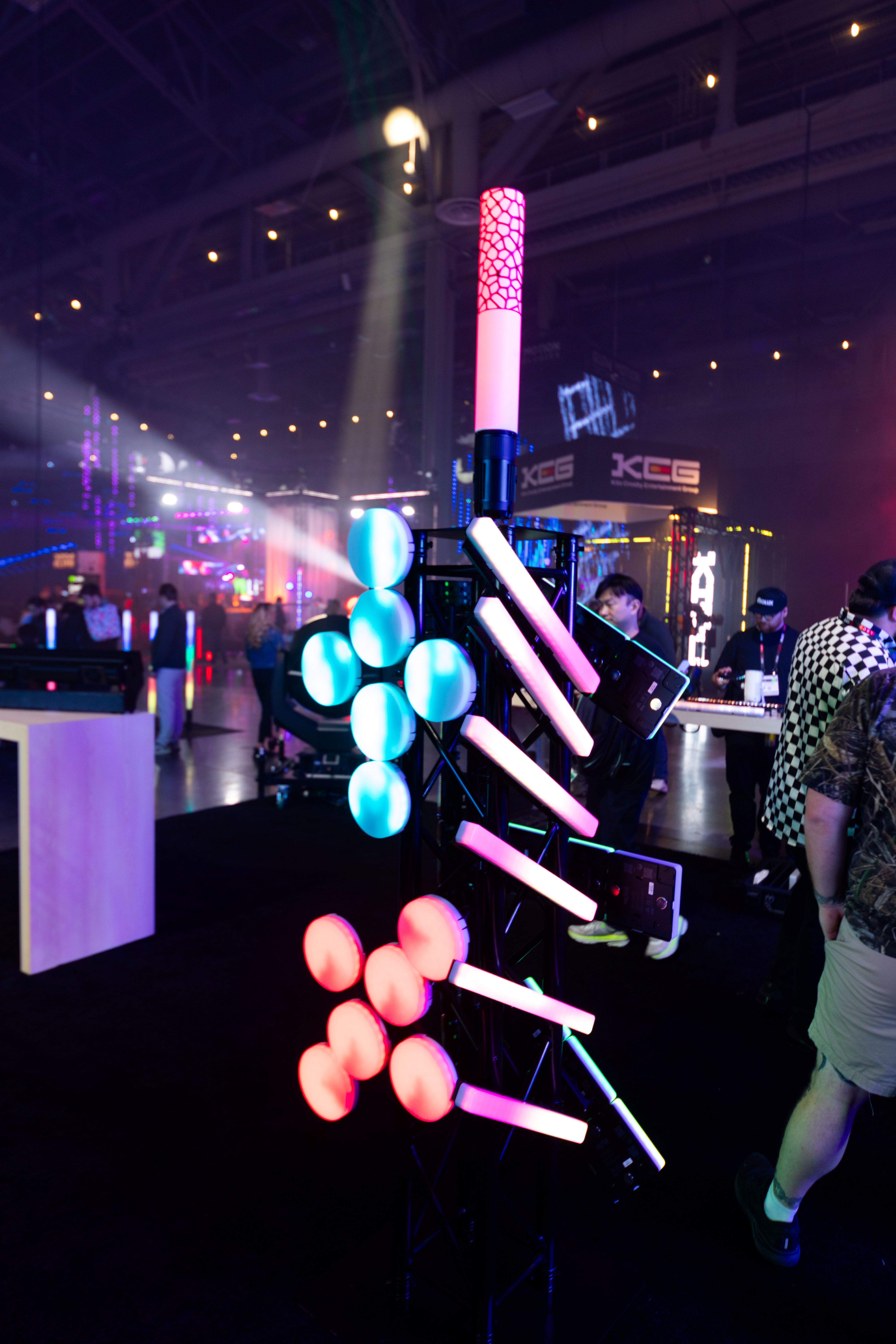Vice president of Event Safety Alliance and lawyer Steve Adelman made a statement regarding the tragic events that took place at the Astroworld Music festival in Houston, TX. Read his full statement below.
Last night at Astroworld, a festival held at NRG Stadium in Houston, at least eight people died and more than 300 others received medical treatment in a crowd crush during Travis Scott's performance. Because we have seen too many heartbreaking incidents like this before, it is tempting to rush to judgment about the causes of this one. Let's do better than that. Let's ask the right questions first, then see what the facts reveal.
Unfortunately, I have some practice at this. Almost twenty years ago, the lawsuit that caused me to focus my work on safety at events was a crowd crush, in which a young man suffered compressive asphyxia near the front of a general admission crowd during a festival at a stadium. Subsequent work - first with IAVM, then as a leader of the Event Safety Alliance - has put me in the room with some of the smartest people in the world about crowd management and event security. All this learning and experience helped with drafting and editing of the authoritative standard for crowd management that should have been followed last night, ANSI ES1.9-2020.
Here goes.
SECURITY STAFFING. In many crowd-related incidents, the first target is the event security. That's logical enough. But I don't care how many total guards or guest services people were on property, or whether no call-no shows caused there to be fewer staff than intended. How many security people were near the stage where the occupant load apparently rose too high? Crowd density is hard to see in the dark unless one is close by. The issue is what staffing was in that area.
CROWD MANAGEMENT TRAINING. Another easy but misleading numerical target is whether event security met the NFPA 101 requirement of one trained crowd manager for each 250 people present on property. As principal author of the ANSI standard on point, I obviously think crowd manager training is important. Again, though, what's causally relevant to this incident is, What did the people closest to the incident understand about crowd dynamics, and what were they prepared to do to keep guests safe?
RESPONSE TIME. It is extremely difficult to prevent a crowd crush. Even a reasonably attentive observer who can see a tightly packed crowd will probably perceive no imminent danger until people start falling down. The issue, therefore, is how long after the first indication of trouble did it take until help arrived? The human body cannot survive long without sufficient oxygen, so time is of the essence. This is why there should be as much visual access into a GA crowd as reasonably possible.
BARRICADES. Barricade configuration is easy to get right and dangerous to get wrong. Tightly packed crowds suffer from basic physics in which the people in them tend to oscillate from side to side until someone cannot control their own body weight and falls down. Then the person next to them suffers the same fate, until there is a pile of people who are nearly invisible in the dark, pressing the air out of each other. Barricades in a T-shape at the front of a general admission crowd divide the force of sideways crowd pressure, and also create an aisle for security to see into the crowd in ways that are impossible with a barricade straight across the front of the stage. What was the barricade configuration at the front of the stage?
ARTIST INCITEMENT. I have long objected to the demonization of any particular type of entertainment or crowd configuration. The music or sporting event does not cause injury - instead, it is the choices made during event planning and how people behave at the event that make the difference. At any type of event, including this one, it is worth exploring whether something said or done onstage influenced the crowd to move or respond in a way that incited the crowd crush. I worked a case a few years ago where the artists definitely caused the crowd to rush forward, and then barricades failed and people fell onto a concrete concourse below the GA lawn. Incitement does happen, but one should not assume just because of the genre of the event. Did anyone on stage do or say anything to increase the likelihood of a crowd crush?
OTHER POTENTIAL INCITEMENT. The history of disasters at live events of all kinds shows that crowds tend to react tribally. One person who hears something they think is gunfire, who then shouts "Shooter!" can cause people around them to react when nothing has actually happened. I have seen the same thing happen with pyrotechnics. For good reason, we are sensitive to the perception of threats, which can cause rapid crowd movements even without any actual cause at all. Fortunately, I gather that NRG Stadium has good CCTV footage from last night, and they are cooperating with authorities. If there was a "stampede," as some early news reports have put it, what set it off?
There are many more issues to consider and questions to pose. We are the professionals who know enough about event operations, particularly crowd management and event security, to brush past the easy narratives likely to appear in mass media. I, for one, will not blame all rap shows, or general admission crowds, or "crowd panic," or any of the other usual suspects that are almost invariably wrong once one works harder to understand the root causes of a crowd disaster.
Let's show enough respect for the people who died or were injured last night, as well as for those who will try to makes sense of what happened, to insist that the right questions be asked, and to base any judgment we might render upon the answers.
—
Steve Adelman, Vice President, Event Safety Alliance
Off
More News
Support USITT
For many 501(c)3 nonprofit organizations, USITT included, donations are a lifeline. We are able to continue to expand our online offerings to our Members and to our industry thanks to Membership dollars and the generosity of our donors.



.avif)



_1.avif)